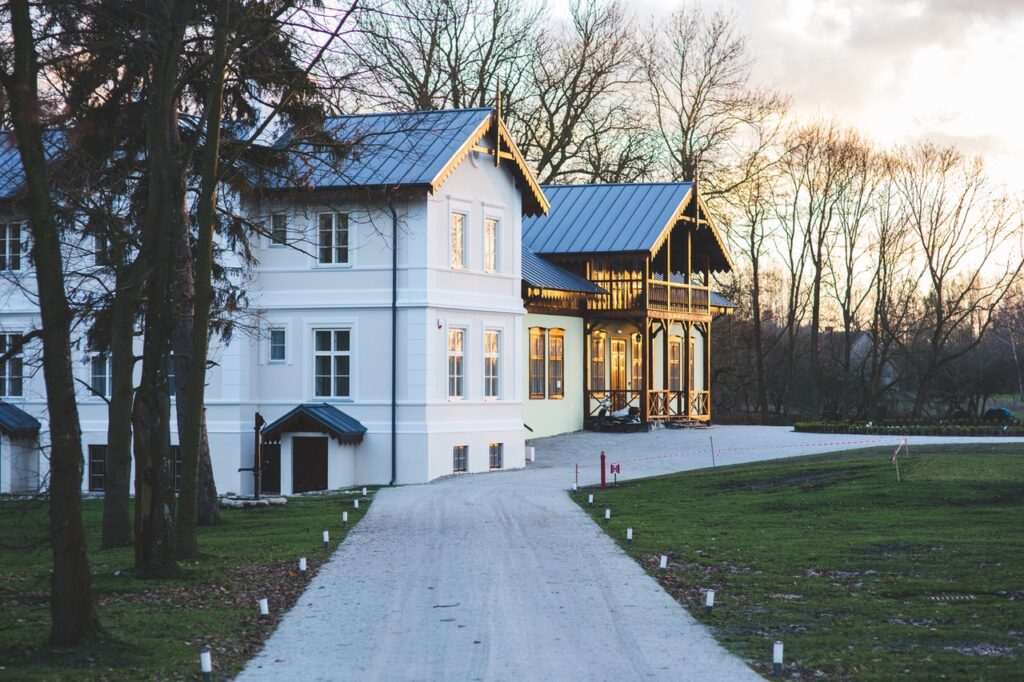Tarmac driveways are most commonly used across the UK, because they offer an inexpensive and versatile solution that requires very little ongoing attention. Asphalt is the chosen material for these types of pavements because it is both durable and adaptable, meaning you can customise them to exactly fit your individual needs and requirements. As with any driveway or paving area, there are advantages and disadvantages associated with these types of driveways. But the amount of crude oil that is needed to create the tarmac mixture that is used on driveways is substantial, so now scientists are looking for new methods for creating more sustainable driveways. This article discusses the main reasons to use sustainable tarmac driveways in your property.

Advantages of Tarmac Driveways Glasgow
The main advantage of using tarmac driveways Glasgow offers is their durability, which is unsurprising given that the material is primarily used for outside areas. Asphalt is a hard material that is ideally suited to stand up against the elements for long periods of time and is also extremely durable when it has been laid in a professional manner. By using asphalt as the main material, you will save thousands of pounds on annual paving costs because it will last for longer. They are also very long-lasting, meaning you will not need to replace them for several years, making them an economic decision for businesses. They also offer the same basic characteristics and quality of asphalt which are essential if you want to have a long-lasting, durable driveway.
Tarmac driveways made from asphalt are widely used in the residential and commercial sectors of the market, with their widespread availability and low cost comparing to other materials such as concrete or block paving. In order to install a tarmac driveway, you do not require any special building permits, although there may be some local requirements such as planning permission where relevant. These pavements are often seen in gardens and are often used to separate various areas such as driveways and entrances. They are also commonly used to create walkways between garden beds and other landscaped areas.
The final benefit of tarmac driveways is that they can be flexible in terms of shape, size and layout. You can have the pavement shaped to exactly match the surrounding landscape by using different colours, embossed patterns and materials, whilst you can also get interlocking pavers laid onto the surface so they don’t look like part of the road at all. The fact that tarmac driveways can be constructed on a number of different shapes means that they can also be left as they are and just paved over. This will mean that you save on time and money when it comes to maintaining the surface.

Different Types of Driveways
These types of driveway are usually laid directly onto the ground as opposed to being built on top of concrete or block paving. Laying asphalt is therefore quicker and easier than other options and you can even choose to have interlocking tiles laid onto the surface. A tarmac driveway can range in size depending on how much land you have available, but generally the larger the area you need to cover, the larger the driveway you can get. Some smaller interlocking tiles can be laid alongside one another to form a larger driveway, whilst you can also opt to have single large tiles laid directly onto the ground.
As with all types of paving, tarmac driveways have their advantages and disadvantages, but overall they’re a great choice for driving grounds. Compared to block paving, they’re much quicker and easier to lay, and they’re far less expensive than most options. They also offer the benefit of not blocking access to other areas and can even be used in conjunction with pavement tiles to create a seamless driveway. They’re certainly a worthwhile investment if you have the space.

